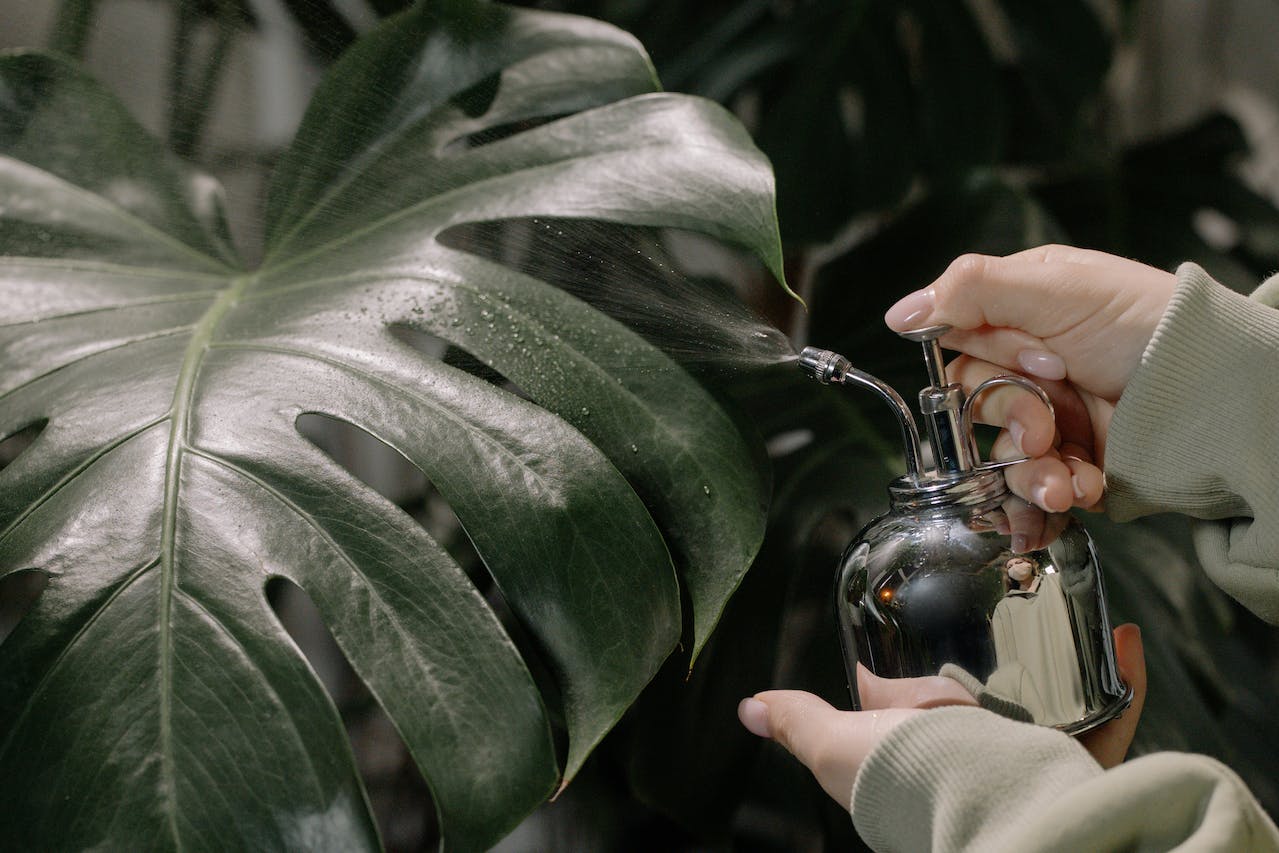Don’t you think that selecting an appropriate nozzle is an important decision for your crops? The type of nozzle has an impact on spray applied. This also maintains uniformity of the spray all over the surface. Each type of nozzle has different capabilities and design that have certain specific applications.
Well, the selection of an appropriate nozzle is not easy. Right? You have to consider the type of nozzle according to your requirement along with operating pressure of nozzle, nozzle size and common nozzle patterns. Confused as to how to choose the appropriate nozzle? Don’t worry! Here is a complete sprayer buyer guide that will help you select the accurate sprayer nozzle for your use.
Nozzle spray pattern and shape
Nozzle spray pattern is mainly the spray angle of the nozzles. Majority of the agricultural nozzles have 65 degrees- 120 degrees spray angle. Narrow spray angle enables to produce a more penetrating and direct spray. The wide-angle nozzle can be placed closer to the weed or crop easily.
Talking of shapes, spray nozzles have basic three basic patterns. If you have to do broadcast spraying of herbicides, then you should go for a flat-fan spray nozzle. It forms narrow, inverted ‘V’ pattern known as a tapered spray. In this, you will find the heaviest deposition at the centre which disperses towards the outer edge of the nozzle. Flat-fan spray nozzles are available in several spray angles. The most common ones are 65,73,80 and 110 degrees.
The most common types of the flat-fan nozzle are extended range, standard, symmetric and asymmetric twin flat fan. All these are considered good for common fungicide, herbicide and insecticide applications. Among these, extended-range flat-fan spray is designed particularly to operate with a wide pressure range.
Another major pattern is hollow- cone nozzle that is commonly used to apply fungicides or insecticides. These are especially used on field crops when there is a requirement of foliage penetration and covered leaf surface. The hollow-cone spray nozzle forms a finely atomized spray with a clear ring-shaped pattern. These operate within the high-pressure range from 40-100 psi. Remember that hollow-cone should not be used for applying herbicides. It is well-suited to be used in air blast and directed spray applications. One of the recent developments in spray pattern is named as air induction hollow cone that produces a traditional cone spray pattern but with coarser droplets to lower the drift.
Another pattern is a full-cone spray nozzle that creates a circular pattern. These produce coarser droplets and are often used for directed spraying. They are optimum to produce larger droplets. An optimum range of pressure for these is between 15-40 psi.
Broadcast steaming nozzles are mostly used for applying liquid fertilizer. These are useful to reduce foliar coverage and minimize burning of leaves by projecting liquid directly to the soil surface. With this, the liquid is easily absorbed by the root system.
Nozzle Materials
Nozzles are made from a variety of materials. The most common ones are brass, tungsten, ceramic, nylon and stainless steel. Nozzles made out of ceramic and tungsten are corrosion -resistant and work for a long term while those made from stainless steel lasts longer as compared to nylon or brass spray nozzles.
Though thermoplastic nozzles have good abrasion resistance but swelling can occur on these, and they can get easily damaged on cleaning. Nozzles made of hard materials sounds costly initially but prove to be cost-effective because of their long-lasting properties. Beware to not to mix nozzles of different materials, types, spray volumes and angles on the same spray boom. It is because a mixture of nozzles causes an irregular spray distribution.
Nozzle Screens
Ensure to make use of screens to prevent excessive wear of the spray nozzles. At low rates, you can use 100-mesh screens while at higher rates you can go for 50-mesh size screens. You can use smaller mesh screens which plug more easily but require frequent cleaning.
Some screens come with a ball check valve to avoid drip on turning off the sprayer boom. These are useful as excessive residues might cause damage to succeeding crop.
Final words
Now that you know of the variety of spray nozzle patterns you can easily choose the appropriate sprayer nozzle for your use. Don’t forget that the specific use of nozzle such as spraying of insecticide or pesticide and broadcast application of herbicide determines the desired nozzle spray pattern!

